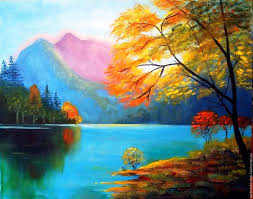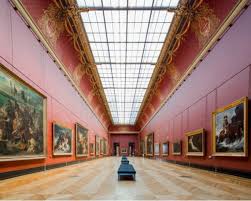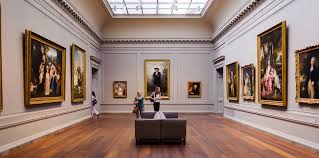Monthly Archives: February 2017
OIL ART PAINTS (part 1)
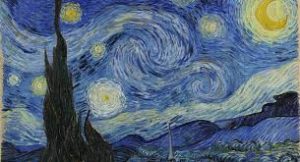 Artistic paints consist of colored powder – a pigment and a binder that holds together the smallest particles. In painting, mainly inorganic coloring materials are used, as more persistent, less often organic.
Artistic paints consist of colored powder – a pigment and a binder that holds together the smallest particles. In painting, mainly inorganic coloring materials are used, as more persistent, less often organic.
There are pigments of natural origin and prepared artificially.
In ancient times, artists used exclusively dyes found in nature in the form of various minerals: malachite, azurite, auripigment, lapis lazuli (lapis lazuli) and all kinds of colored earths. In addition, they used dyes of organic origin, which were obtained from various plants and simple animal organisms – mollusks, worms.
But over time, many natural pigments were replaced by artificial ones. So, for example, blue ultramarine paint, valued more than gold (it was obtained from lapis lazuli minerals), was replaced in the 19th century by cheap artificial ultramarine. Continue reading
TALKS ON THE ISLANDS OF ART (part 3)
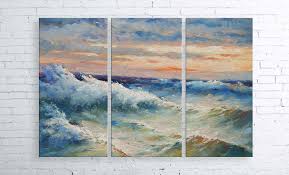 The desire for a new one, by all means, was imposed on art at the beginning of the 20th century. In canonical arts, in Russian iconography, for example, the artist was free from the search for composition. He directed all his internal energy to spiritualize the image. There is such an opinion in Russian philosophy of art: the more external limitations the artist has, the freer he is internally. I certainly do not call for this. Now this is impossible. Everyone just has their own way.
The desire for a new one, by all means, was imposed on art at the beginning of the 20th century. In canonical arts, in Russian iconography, for example, the artist was free from the search for composition. He directed all his internal energy to spiritualize the image. There is such an opinion in Russian philosophy of art: the more external limitations the artist has, the freer he is internally. I certainly do not call for this. Now this is impossible. Everyone just has their own way.
I also think that virtual worlds stored on infinitely renewable media, or printed with ink of dubious durability, can burst like soap bubbles at any time.
A pile of plastic garbage will be a monument to the 21st century. Continue reading
